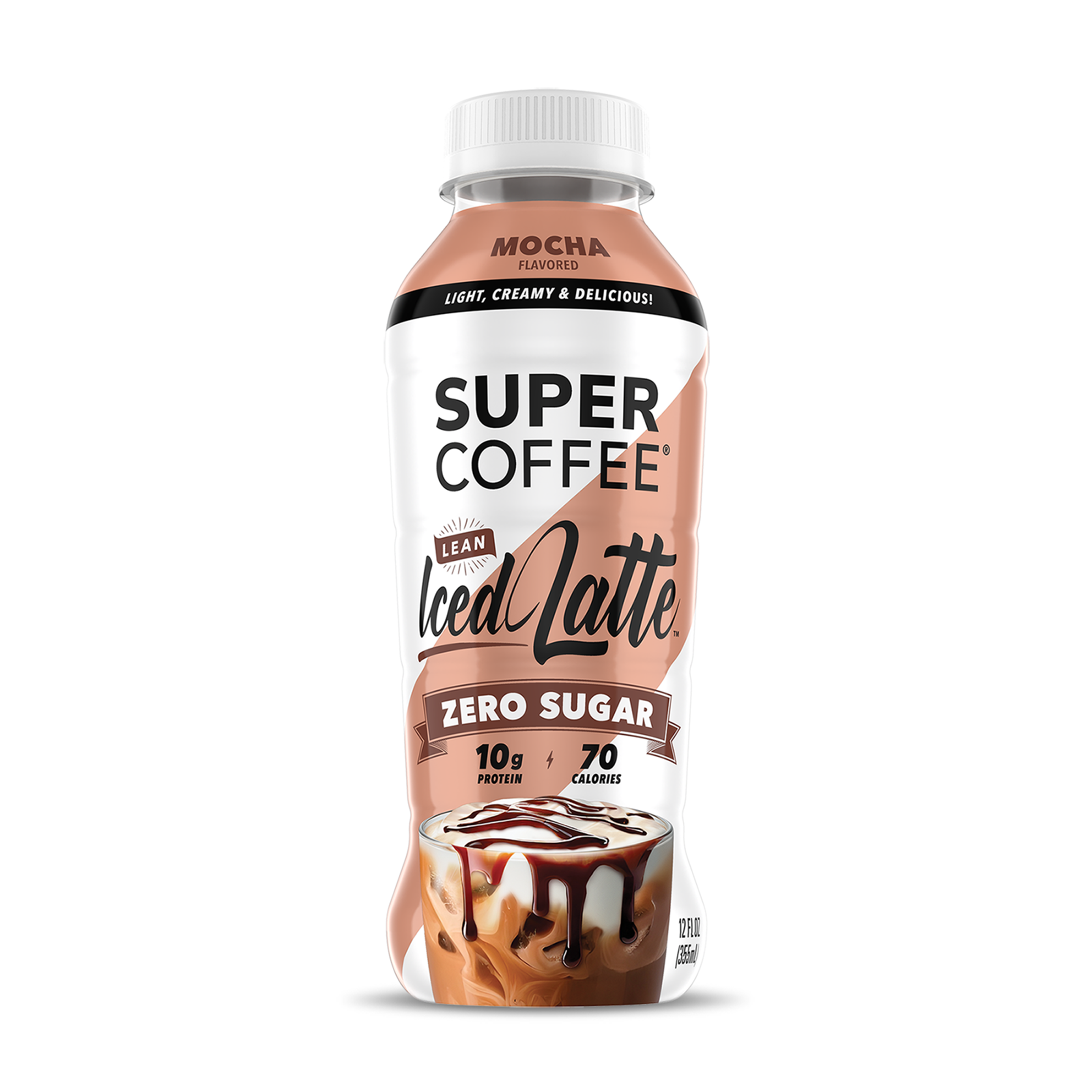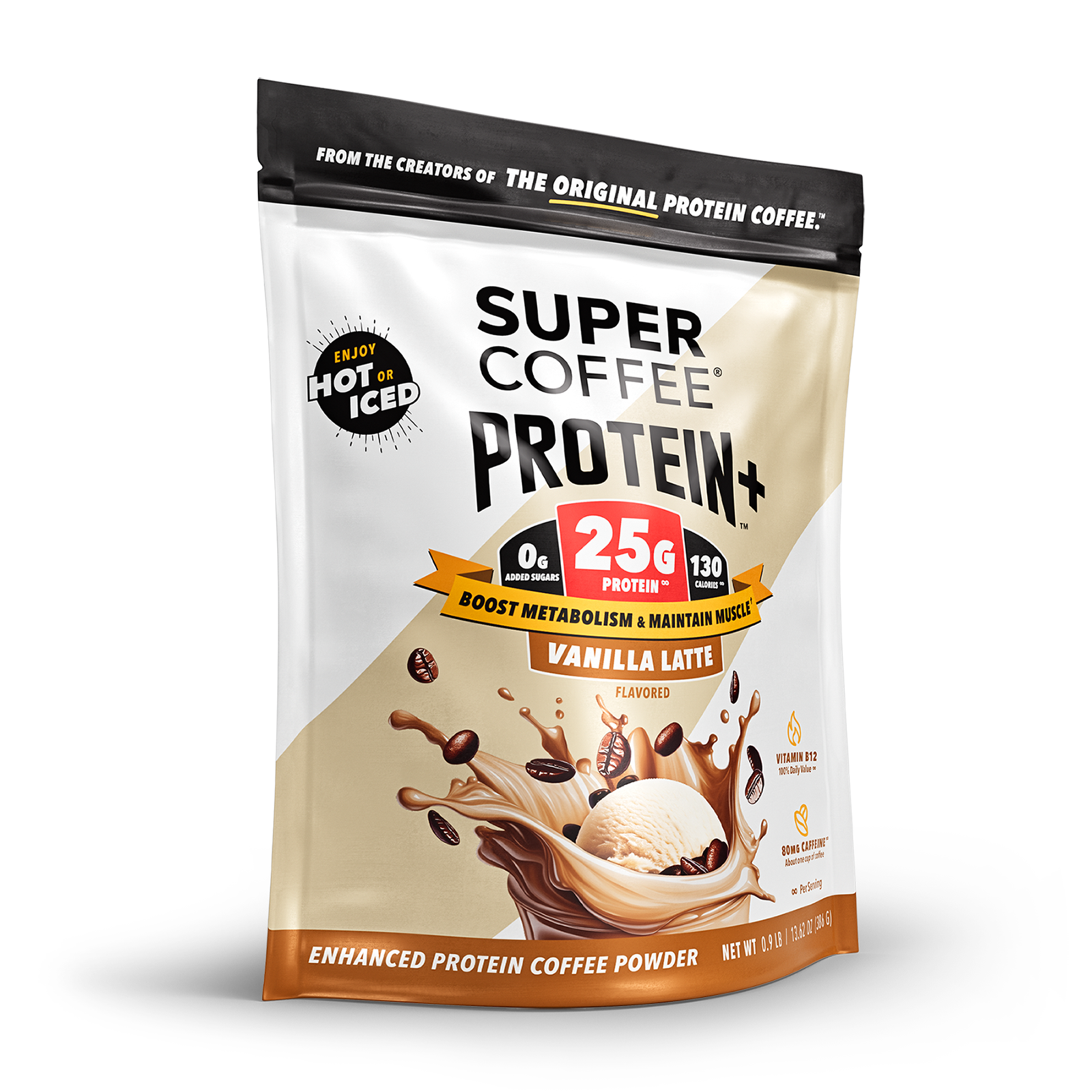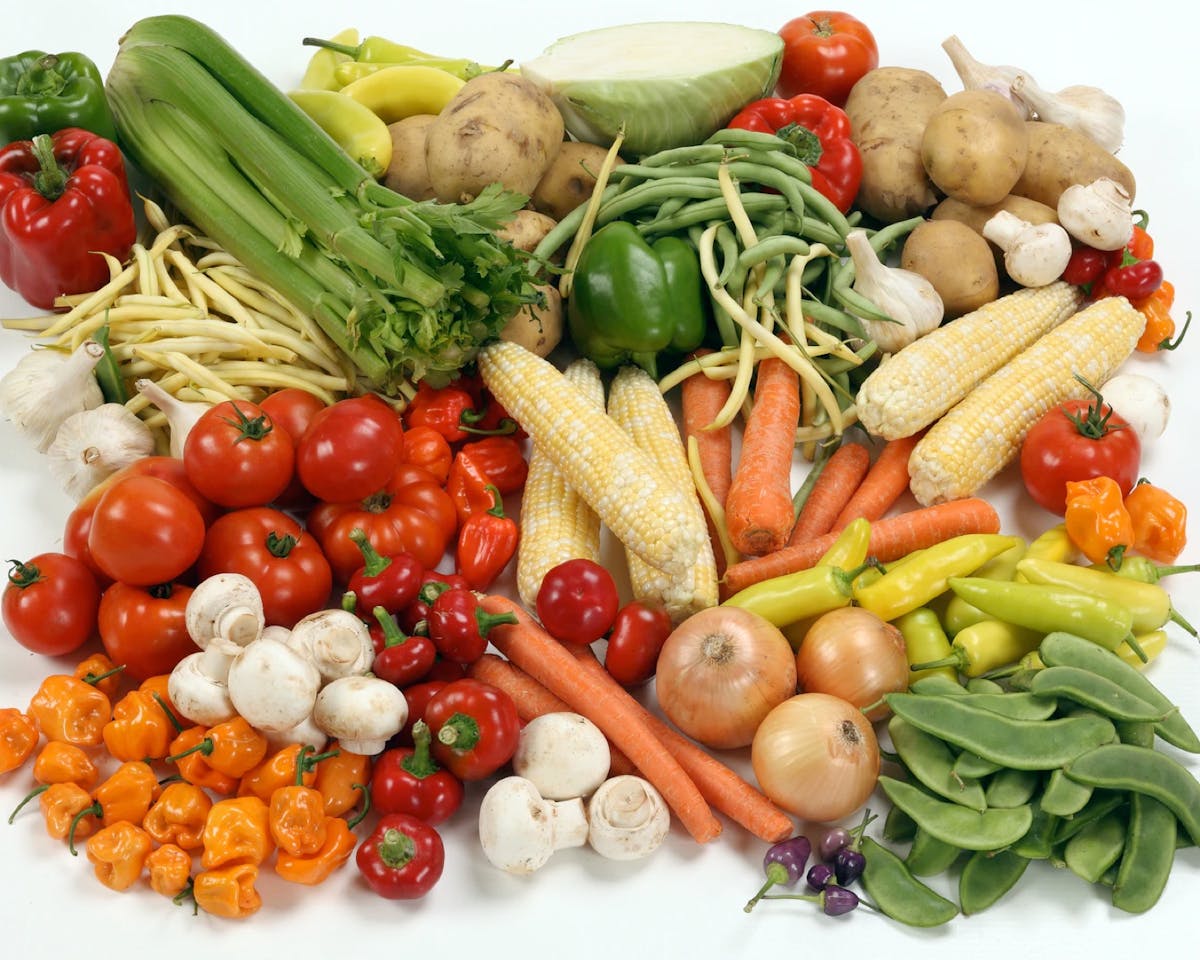Your cart is empty
Here’s a match made in heaven: dieters and vegetables.
You don’t have to be a dietitian to know that vegetables are just about the healthiest foods you can eat. Almost all of them are rich in vitamins and minerals, they contain lots of fiber so they’re good for your gut biome and fill you up faster, they’re low in calories and fat, they’re complex carbohydrates so they don’t cause spikes in blood sugar – and on most diets, you can eat just about all of them that you want.
If you’re on a keto diet or about to start one, though – let’s slam on the brakes for a minute.
Veggies are still good for you if you’re on keto, but one of their key attributes doesn’t always play well with ketogenic eating: the complex carbohydrates part. Keto, as you probably know, only produces noticeable weight loss when carb intake is drastically reduced. And unfortunately, many vegetables are very high in carb content.
There’s good news and bad news when it comes to keto and veggies. The good news is that unlike fruits (which are high in sucrose), a huge number of vegetables are on the keto-friendly list. The bad news? Some of the veggies that are central to most Americans’ diets, like potatoes and onions, can be problematic.
Let’s sort them all out.
Are Some Vegetables Really Banned on Keto?
Well, they’re not actually “banned.” The better way to put it is that they’re “dangerous” for those on strict keto diets. Here’s the brief explanation.
Why the Keto Diet Produces Weight Loss
Keto works for most people because it forces their bodies to change the way their metabolisms function. The body is designed to take the carbohydrates we eat, and change them into the glucose that’s used as fuel by the body and brain. A keto meal plan cuts daily carb intake to the bone, meaning that the body can’t produce glucose to meet its daily energy needs.
Instead, it enters a metabolic state known as ketosis, and then creates a different energy source called ketones. Ketones are produced in the liver by burning stored body fat, but that process only occurs by default. As soon as the body is given more carbs that it can use, it stops making ketones, stops burning body fat – and the weight loss caused by fat burning screeches to a halt.
In short, as soon as a keto dieter eats too many carbohydrates, they’re kicked out of ketosis and the diet stops working; that means it’s crucial to stay within daily carb limits.
Why Vegetables Matter
In truth, all foods matter if they contain carbohydrates. The recommended daily maximum for strict keto diets is 20-25 grams of net carbs per day. (Net carbs = total carbs - dietary fiber; fiber is considered a form of carbohydrate, but the body can’t digest it or use it to make glucose.)
Here’s the bottom line: even a food containing one or two grams of carbs contributes to the daily maximum, but those containing five or ten grams are a much bigger deal.
Snacking on vegetables with ten carbs might force you to skip an otherwise-acceptable (and delicious) dinner that contains 15 carbs. Eating two or three servings of those carb-heavy vegetables? You could be kicked right out of ketosis, ending your keto diet.
That’s why most people who are on low-carb diets (there are forms of the diet other than keto, like paleo) carefully count their carbs every day, and pay close attention to everything they eat – including vegetables.
“Good” vs. “Bad” Vegetables
Here’s the rule of thumb governing keto and vegetables: veggies that grow above ground are OK to eat on keto, but those that grow below the ground aren’t.
As you learned in grade school, though, there are exceptions to every rule. (Remember “A,E,I,O,U and sometimes Y” and “I before E, except after C?”)
For example, corn obviously grows above ground, but enjoying a yummy ear of corn during the summer can quickly kick you out of ketosis. A large ear of corn contains well over 20 net grams of carbs, enough to end a keto diet all by itself.
Peas (which also grow above ground) aren’t quite as dangerous as corn, but a cup of sweet peas will take up 14 grams of your daily carb count allowance. Unless peas are your 100%, absolute favorite food in the world, they’re probably not worth eating while you’re on keto.
What do corn and peas have in common? They’re both starchy vegetables – and that should give you a good idea of which above-ground vegetables are exceptions to the rule. Starches, like sugars, are a form of carbohydrates; veggies that are high in starch should always be avoided by keto dieters. (Peas are classified as legumes, and other legumes like beans are also off-limits on the keto diet because of their high starch/carb content.)
That explains the “other half” of the basic keto-and-vegetables rule; veggies that grow below ground are almost always root vegetables, and plants usually store their starches and sugars in their roots. Common root vegetables and tubers like potatoes (including sweet potatoes and yams) are high-carb, and no-nos when you’re on keto.
If you’re not confused yet, consider this: root vegetables like onions and jicama are relatively high in carbs, but still considered OK for keto diets when eaten in moderation. Onion makes the cut because you usually don’t eat much of it at one time; jicama gets the green light simply because it’s the closest you can get to a high-carb potato.
Is all of that too complicated to remember? Here’s an easier guideline: leafy vegetables, particularly leafy green vegetables, are always keto-friendly. Leafy greens are great for your health, too.
Want to make things even easier? Check out our complete guide to keto-friendly vegetables. It’s coming up next.
Best Low-Carb Vegetables
These veggies are the best to include on your keto shopping list because of their low carb content. All contain fewer than five net carbs; that would make it quite challenging to eat enough of them to seriously endanger a keto diet.
Lettuce
Different types of lettuce have differing levels of carb content, but they’re all low enough to be a staple vegetable in a keto diet. A cup of lettuce will always contain between one and two grams of net carbs per cup, although romaine lettuce is the best choice because it’s the healthiest variety. (Pro tip: the darker the leaves, the healthier the greens.)
Romaine contains lots of minerals, and it’s a great source of vitamin K (important for bone health) and folate (the B vitamin that helps prevent heart disease and some forms of cancer). Only eight calories per cup is pretty impressive, too.
Spinach
An entire cup of spinach contains only 2.5 net grams of carbs. It’s not only the ideal base for a keto salad, but it’s a terrific side dish and a wonderful ingredient that can be used in an enormous variety of keto recipes. Some low-carb dieters even bake it to make snack chips.
Spinach is also one of the healthiest vegetables on the planet. It’s rich in vitamins A and C, and minerals like iron, potassium, magnesium and calcium. Some even call it a superfood.
The green leafy vegetable provides a number of health benefits, many of them due to antioxidants like alpha-lipoic acid. The antioxidants not only help to prevent damage caused by oxidative stress, but have been shown to increase insulin resistance and to lower glucose levels in those with type 2 diabetes. It’s even believed that the high chlorophyll levels in spinach may help to prevent the spread of cancer.
Arugula
A few decades ago, most people would probably have said “what in the world is arugula?” Today, it’s a fairly common leafy green that’s fairly commonly – and it’s even lower in carbs than lettuce or spinach, at one gram of net carbs per one-cup serving.
Arugula is nutrient-dense, containing lots of minerals like potassium and numerous vitamins like vitamin A and vitamin C. It’s also a yummy, keto-friendly addition to salads. Swiss chard is another good possibility for livening up a salad, with only about three grams of net carbs.
Asparagus
No, not every keto-friendly vegetable is a leafy green. And asparagus has two things going for it: a cup of cooked asparagus contains fewer than four grams of carbs – and it’s an ideal “fat delivery device” as well.
Let’s pause for a moment and explain that one. Keto isn’t just a low-carb diet; it’s a high-fat diet as well. There are three macronutrients that make up a diet: carbs, fat and protein. So if you’re going to virtually eliminate one, another has to “pick up the slack.” In a keto meal plan, healthy fats replace carbs, and most keto guidelines suggest that 70-80% of daily calories should come from fat.
That brings us back to asparagus; what could be better than a side dish of steamed asparagus covered with a Hollandaise or cheese sauce? Even a pat of butter melting into warm asparagus makes it delicious while contributing healthy fat to a keto diet.
Not incidentally, asparagus provides lots of health benefits as well, and is particularly rich in vitamin K and folate. It’s also low in calories, but we won’t keep mentioning that; just about every keto-friendly veggie has that added benefit.
Avocado
Did someone say healthy fat?
Avocados are loaded with healthy fat (around 15 grams). Combine that with a low carb content, and they’re a nearly-perfect keto vegetable. In reality, they’re a fruit and not a vegetable, but we won’t tell if you don’t.
You might see scary carb numbers listed for avocados on some websites, but they don’t take into consideration how much fiber there is in an avocado. Yes, it contains 13 grams of total carbs, but most of that is non-digestible fiber. A medium-sized avocado contains just three net carbs, and that’s what really matters. (Avocados also produce the ideal healthy cooking oil, with zero net carbs.)
Health benefits? Yep, plenty of those too; there are nearly two dozen minerals and vitamins in each avocado. Just be aware that because of all the fat they contain, avocados are the exception to the low-calorie rule with about 150 calories in each serving.
Cauliflower and Zucchini
If you know anything about keto guidelines, you’re likely to know that potatoes, pasta and rice are off-limits. And if you’ve paid attention to keto recipes, you probably know that mashed cauliflower, cauliflower rice and zucchini noodles (zoodles) are three of the foods most often used as substitutes. Zucchini is also a great substitute for pasta in Italian keto dishes like lasagna. (Spaghetti squash is another good low-carb alternative.)
The reason these veggies are used so often, in a variety of ways, should be obvious: cauliflower and zucchini are keto-friendly vegetables. There are just three net carbs in a cup of each, and cauliflower contains almost the full recommended amount of vitamin C that adults should consume in a day. Like all cruciferous vegetables, they’ve also been shown to reduce the risk of heart disease, and lung and colorectal cancer.
Celery
It’s certainly great to munch on as a snack, containing just one net carb for each cup. It can add a nice crunch to a salad, too. But perhaps the best use for celery in a keto diet is as a “carrier” for any number of high-fat foods like full-fat cream cheese and sour cream. This is another keto-friendly vegetable that’s high in vitamin K.
Cucumber
Cucumbers have much the same versatility as celery, great in a salad or as a snack, and also terrific when cheese or another high-fat food is slathered on top. They contain about three grams of carbs, but much of that carb content is in the cucumber’s skin.
Cucumbers don’t provide the same level of health and nutritional benefits as many other keto-friendly vegetables, because there’s so much water in them. Hydration is always good, though.
Mushrooms
While we’re serving appetizer plates with fresh vegetables and high-fat dips, we certainly don’t want to forget mushrooms. Each cup of fungi contains 2-3 grams of net carbs, depending on the variety, and there’s no question that mushrooms are extremely good for you because of the wealth of antioxidants, vitamins and minerals they contain.
Shiitake and oyster mushrooms are particularly good choices, since they contain a type of soluble dietary fiber known as beta glucan which has been shown to improve cholesterol levels, regulate blood sugar, and contribute to cardiovascular health.
Tomatoes
If you’re putting them in a salad or using them to cook with, the fact that tomatoes have about three grams of net carbs per cup makes them well worth including in a keto meal or recipe. If you’re eating them whole, they’re a good choice for a snack as well, with about 2½ carbs in a plum tomato and fewer than five net carbs in a larger whole tomato.
They’re a good choice for their health benefits as well, with high amounts of the antioxidant lycopene that’s an important weapon against free radical damage, heart disease and cancer.
Other keto-friendly vegetables that may not be your cup of tea include bok choy (1½ grams of net carbs per cup), radishes (3-4 carbs) and artichokes (4-5 net carbs, since they contain a ton of fiber).
Best Lower-Carb Vegetables
You don’t have to put a lot thought into your food choices when you include any of those keto-friendly vegetables. There are many more veggies, though, that can provide lots of variety and health benefits for your keto meal – you just have to be more careful when using them, since the old saying “too much of a good thing” can certainly apply to their carbohydrate content.
Brussels Sprouts: You may not be popular if you serve Brussels sprouts at a dinner party (or to your kids), but they’re not a bad keto vegetable. A cup contains around five grams of carbs; if they’re sautéed in lots of butter, the extra fat can make them a worthwhile keto side dish.
Kale: With six grams of net carbs, this may not be the best choice to add to a salad or to serve as a side vegetable with dinner. However, it’s not the worst, either. Some people on keto diets make homemade kale chips by roasting them with olive oil and salt, but the carbs will add up quickly.
Bell Peppers: There are between five and six net carbs in a cup of bell pepper, depending on its color (green peppers have the fewest carbs). That’s more than fine if you’re cutting a few slices into a stir-fry, but rather high if you plan on sinking your teeth into a pepper for a snack.
Carrots: These are actually root vegetables and they’re not low-carb, but they’re one of the few that sits right on the edge between the “lower carb” and “avoid these veggies” categories. A cup of raw carrots contains nine grams of net carbs, but if you just peel a single medium-sized carrot to eat between meals, it contains a more-acceptable four carbs.
Green Beans: A cup of green beans will set you back about ten carbs, which isn’t horrendous if you balance things off with some baked white fish and a spinach salad. They can be dangerous if you like to eat them raw as a snack, though.
Onions: We’ve been measuring carbs according to a serving size of one cup. If you use that standard, onions would be on the “avoid” list since there are 11 grams of net carbs in a cup. However, we don’t know many people who would eat an entire cup of onions (or an entire onion, for that matter), so the “normal” amount of onion you’d add to a salad or a sauté pan isn’t a problem for those on keto. Want to be even more careful? Use green onions (scallions) instead; they contain only about two-thirds the number of carbs that are in white or red onions.
Vegetables You Should Definitely Avoid on Keto
It’s difficult to look at a vegetable and know by sight whether it’s keto-friendly. Among the ones which might seem fine at first glance, or OK when you compare them to other keto-acceptable veggies, are leeks (12 net carbs per cup) and butternut squash (15 net carbs). Obviously, you should avoid them.
Others are pretty easy to eliminate without doing any research, like rutabagas (12 net carbs), parsnips (24 net carbs), and corn (41 net carbs). They are each root vegetables, which puts them into the same category as carb-heavy root veggies and tubers like potatoes (26 net carbs per cup, 37 grams in a medium-sized potato) and sweet potatoes (27 and 26 grams, respectively).
Finally, we’ve already mentioned that legumes like peas, beans and lentils ordinarily contain too many carbs to comfortably be called “keto food.” There are a few exceptions, though. One is the green beans we’ve discussed, and the others are snap peas and sugar snap peas. They’re all relatively high in carbs, but when eaten in moderation, you can fit them into a keto recipe without worrying about falling out of ketosis.
Blog posts

Cold, creamy and delicious - This chocolatey cold brew recipe is the perfect treat to kickstart your morning! The Recipe Chocolate Cream Cold Brew Prep Time: 1 minutes Cook Time: 5 minutes Ingre...
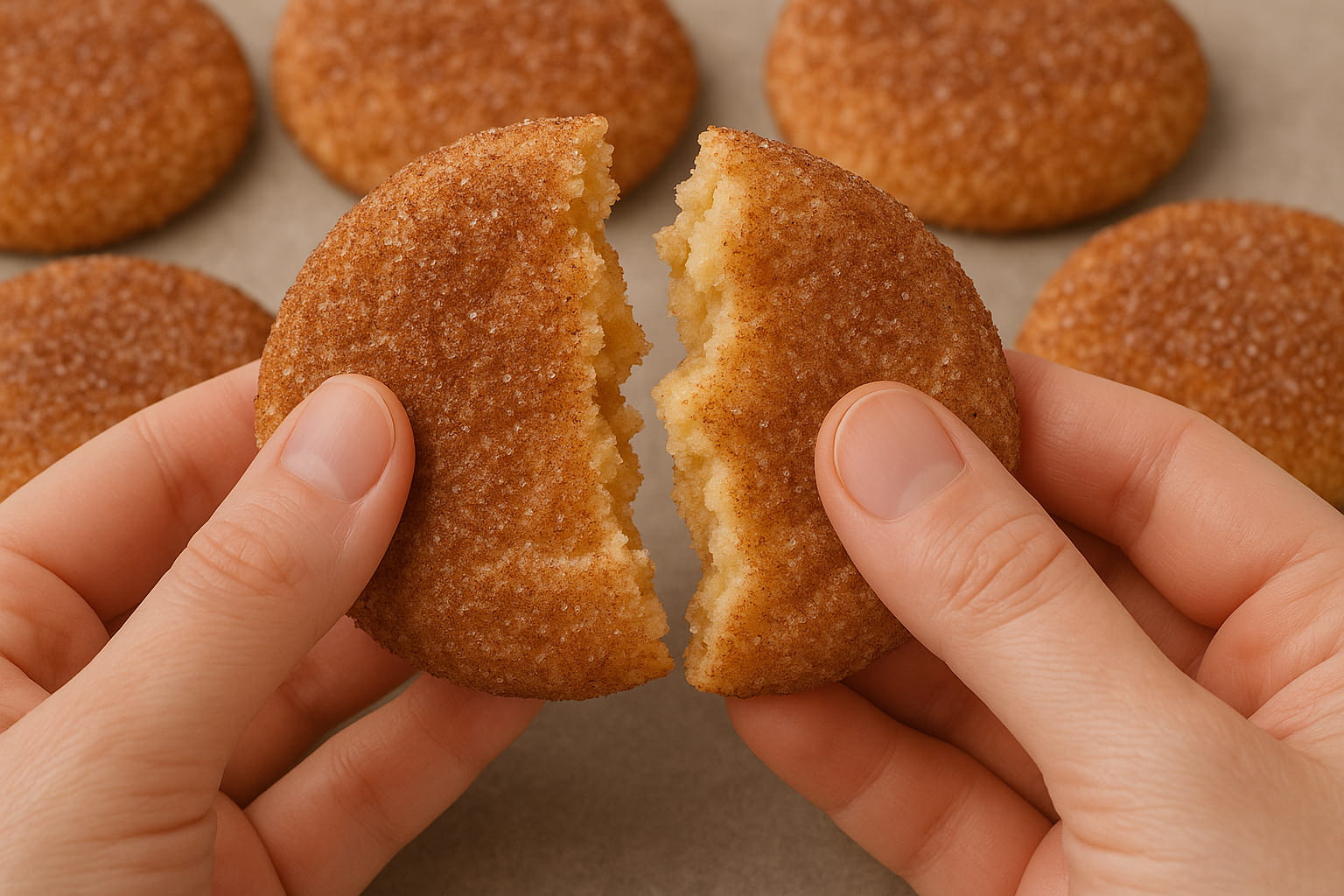
Indulge in the warm embrace of autumn with Pumpkin Spice Snickerdoodles - soft, spiced, and utterly irresistible! The Recipe Pumpkin Spice Snickerdoodles Prep Time: 10 minutes Cook Time: 1 hour ...

Low Carb Berries & Cream Waffles
These low carb/low sugar waffles are delicious, wonderfully crispy on the outside, and fluffy on the inside. You can also double batch and freeze for easy weekday breakfasts. Featuring our almost-...
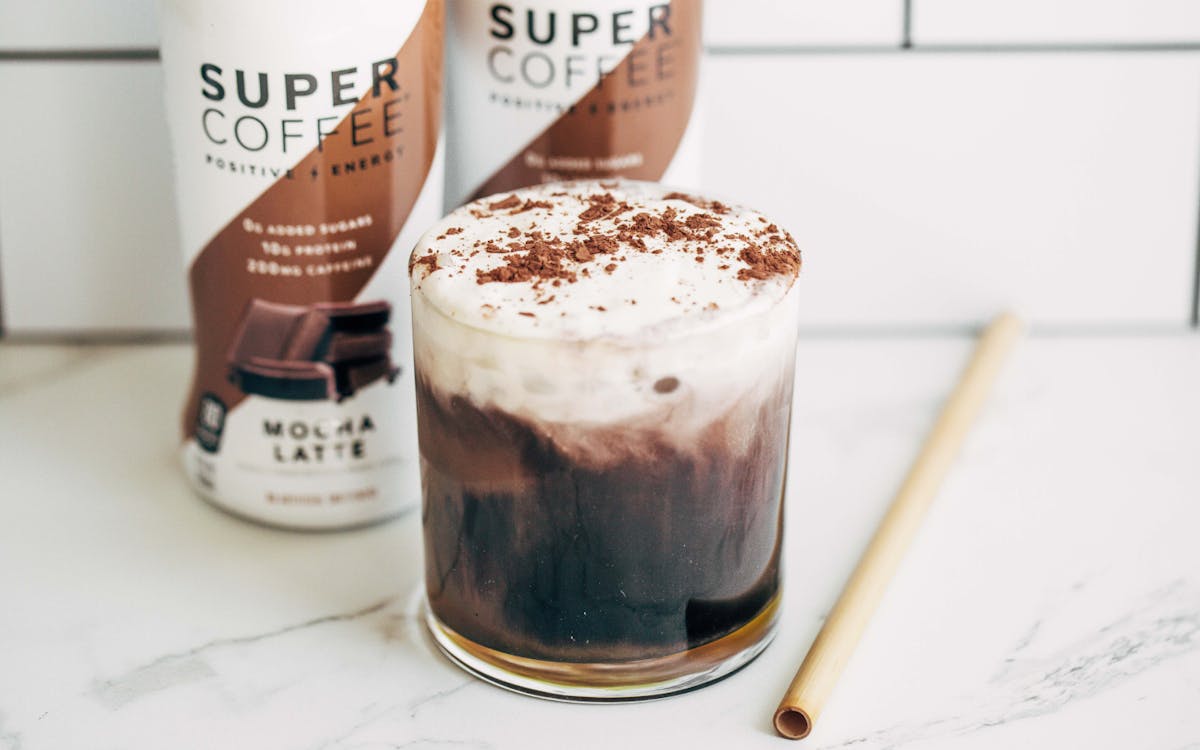
This may be the most fun latte recipe we’ve tried yet! With gooey & decadent black chocolate drizzle and a thick layer of creamy French Vanilla, just one sip of this iced latte will transport ...

Strawberry Sprinkle Keto Coffee Recipe
Nutritional Info Calories: 274 Fat: 26.7g Carbs: 5.7g Protein: 4.5g Sugar: 2.1g Ingredients 3 strawberries, sliced. 3-4 tbsp heavy cream or half & half. Enough ice to fill a glass. 1/2 cup S...

8 Healthy Coffee Recipes That Are Better Than Starbucks
There’s no question about it. Coffee is good for you. Those who don’t like black coffee, of course, commonly add milk, cream and sugar – even if that also means adding calories, fat or carbs to the...



